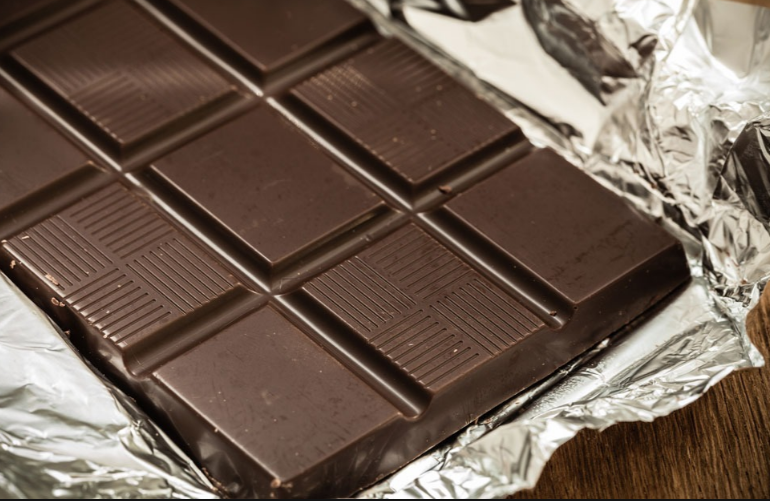The fridge can be a lifesaver and to some people, it can be almost impossible to imagine a world without refrigerators.
Refrigeration is known globally as a means of storage and it is believed to extend the shelf life of some food items, especially fresh food.
But it’s not everything you should put in the fridge.
Here are some of those items.
Chocolate
Think about it, have you ever seen a store put chocolates in a fridge?
Chocolate should never be kept in a fridge, although exceptions can be made for wafers with very thin chocolate layers and chocolates with creamy fillings.
If chocolate stored in cold temperature is exposed to warmer air, condensation occurs on the surface; dissolving the sugar, which recrystallises as a grainy white layer.
Chocolate also absorbs odours, so there is the risk of your chocolate tasting like the soup in your fridge.
Butter
Unlike milk and cream, butter will not go bad if you leave it out of the fridge.
Butter is made from pasteurised cream, which repels bacteria and lengthens its shelf life. It’s also mostly fat (at least 80 per cent) —high fat combined with a low water content makes it less friendly to bacterial growth.
However, butter should not be kept for too long as it can go rancid.
Jam
Keeping jam in the fridge is like handing an invitation to mould.
When jam is kept in the fridge, hot air becomes trapped in the jar, forming a gap between the lid and the contents. That gap is the perfect environment for bacteria to germinate.
Jam is naturally acidic because of its fruit content and that inhibits bacterial growth.
Peanut butter
The assumption is that peanut butter should be stored in a fridge because it does not contain preservatives.
Peanut oil can withstand high temperatures, so it won’t melt if it gets hot. You don’t have to worry about rancidity if it is consumed within three months.
Bananas
Bananas grows and matures in the hot sun so the cold atmosphere of your refrigerator is strange.
When kept in the fridge, the ripening enzymes become inactive. As these become inactive, other enzymes — which cause cell damage and blackened skin — work more efficiently.
Bananas are best stored in a cool place where they can ripen at a normal pace.
Bread
The reality is that keeping bread in a fridge dries it out— the low temperature sucks out the moisture and makes it go stale faster.
Fresh herbs
Excess water makes leaves slimy and light. Instead of storing in a fridge, lightly wrap them in a damp towel and keep in a sealed container.
Tomatoes
Ever noticed that tomato skin becomes tougher if kept in the fridge?
Tomato is known to be a perishable food item but it is best kept at room temperature to avoid chilling injury.
When some items are stored at low temperature, the tissues weaken because they are unable to carry on normal metabolic activities and that is where spoilage begins.
Onion/Garlic
Storing these in a dry, dark place would prevent sprouting and moulding.
Garlic would go mouldy in a fridge and cut onions will make the fridge and other foods therein smell.
Instant coffee
It’s tricky to store instant coffee because it attracts moisture, which damages its aroma. Condensation builds up in the container as a result of placing it in and out if the fridge.
Your coffee will stay fresh on a cupboard.
Copyright 2025 TheCable. All rights reserved. This material, and other digital content on this website, may not be reproduced, published, broadcast, rewritten or redistributed in whole or in part without prior express written permission from TheCable.
Follow us on twitter @Thecablestyle


Great list. I use to store my chocolate in the fridge. Learned the hardway not to.